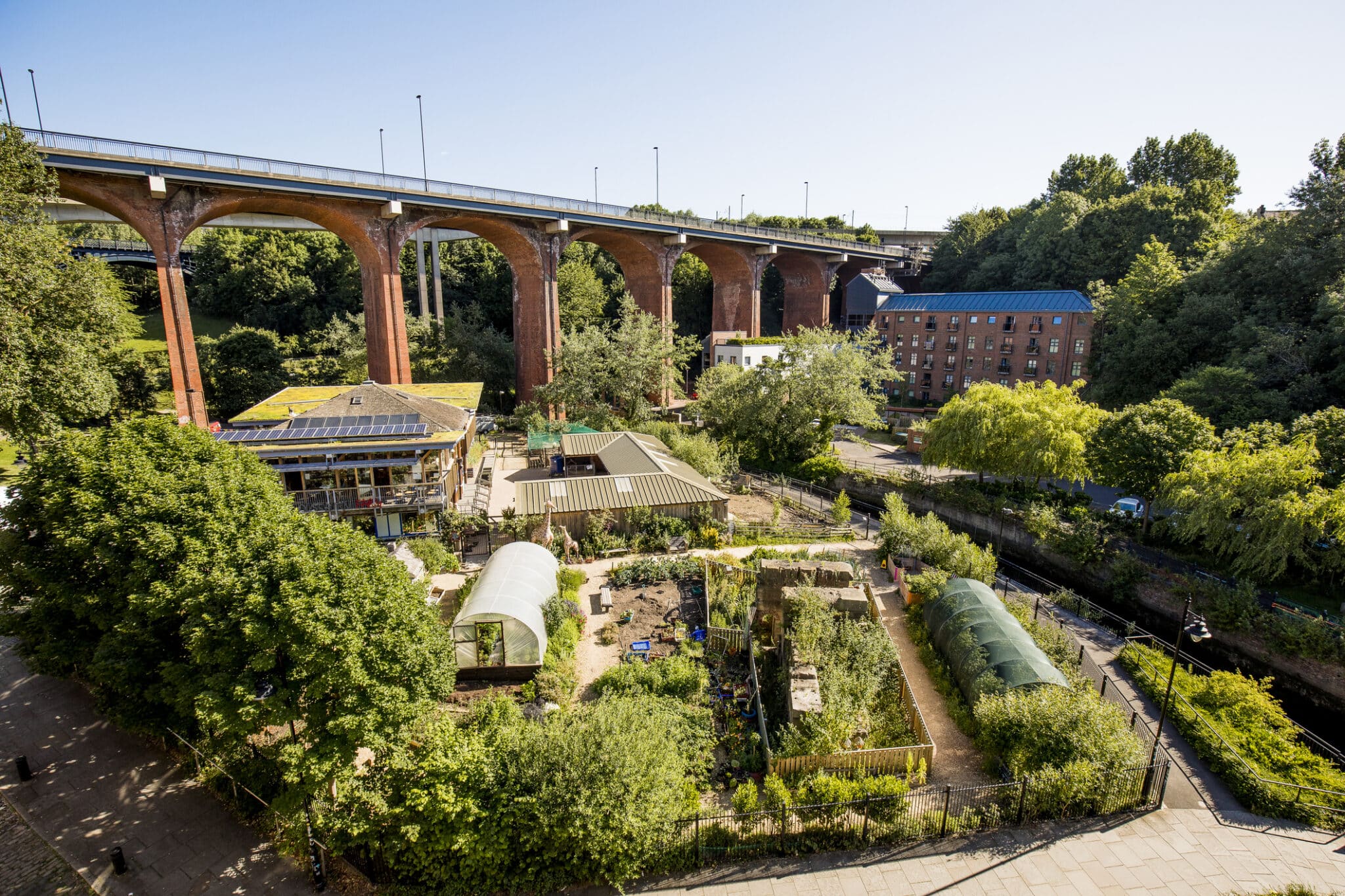The Main Principles Of City Blooming
The Main Principles Of City Blooming
Blog Article
How City Blooming can Save You Time, Stress, and Money.
Table of ContentsThe Facts About City Blooming RevealedWhat Does City Blooming Mean?The Best Strategy To Use For City BloomingGetting The City Blooming To WorkTop Guidelines Of City Blooming
Interested in expanding food available in the City of Chicago? Considering beginning a community garden? Changes to the Chicago Zoning Statute enable farming usages like neighborhood gardens and urban farms in numerous parts of the city. Below is a checklist of often asked inquiries pertaining to the guidelines and guidelines that farmers need to take into consideration when intending an urban agriculture project.
The zoning amendment does not change any type of various other codes managing composting, structure permits, acquiring or renting City owned residential or commercial property, company licenses or ecological contamination. There are existing codes that regulate these problems and they stay in full result and may be suitable to your job. Area yards are commonly possessed or handled by public entities, public companies or community-based companies and maintained by volunteers.
Urban ranches grow food that is intended to be marketed, either on a not-for-profit or for-profit basis. Due to their business function, urban ranches call for an organization permit.
3 Easy Facts About City Blooming Described
The quantity of compost product can not go beyond 25 cubic lawns at any type of offered time according to the criteria in 7-28-715 of the City's Municipal Code. Because the dirt at a lot of brand-new yard websites needs amending, garden compost, soil, timber chips, or various other products can be acquired to create or enhance the growing room.

If a building permit is required then the hoophouse will be thought about an accessory structure. You can locate out even more about the structure license needs by calling the Division of Structures. The 25,000-square-foot size limit is intended to stop a single neighborhood garden from dominating a given block or detracting from the block's existing domestic or commercial character.
The limit does not put on yards found in Public Open Room (POS) areas. Can there be greater than one area garden that is 25,000 square feet on a single block? Yes. The dimension restriction relates to specific gardens, not to individual blocks. No. Fence is not needed, nevertheless, gardens that have huge parking lot may be required to mount secure fencing or various other landscaping features.
How City Blooming can Save You Time, Stress, and Money.
B1 & B2 districts require that all industrial usage activities be performed inside. Is secure fencing required for city farms? Fencings might be called for, along with landscaping and testing, for certain vehicle parking areas and exterior job or storage areas depending on location and the specific task taking location.
Yes. Urban farms call for building licenses and zoning approvals before building and construction. Other kinds of city testimonial might be required depending on particular structures, activities, dimension, landscape design, licensing, public health and stormwater administration concerns. A lot of these requirements are recognized in the task style or allowing procedure, nevertheless, the candidate might be responsible to independently determine specific licenses or allows that might be called for.
Yes. The kind of license is established by what is occurring at the website. The Division of Organization Affairs and Customer Security can you could try here assist determine the certain kind of service certificate that's called for. Yes. Off road car parking is needed for most industrial tasks in Chicago. The needed number of garage is based on the variety of staff members working with site and not the square video footage of the growing space.
Fascination About City Blooming

Yes. An urban farm can sell garden compost material generated on site, nevertheless, the procedure must conform with the regulations in 7-28-715 of the Chicago Municipal Code. Yes. Aquaponic systems are permitted indoors on urban farms in lots of zoning districts. Nonetheless, a zoning testimonial and building permit is needed in order to set up structures or systems and a service license is required as explained over.
Approximately 5 hives or nests of honey bees may be kept as an accessory use. However, beekeepers must sign up with the Illinois Department of Farming. For additional information about the suggested zoning change you may contact the Department of Real Estate and Economic Development, Bureau of Preparation and Zoning at 312.744.8563.
Farming in cities and metropolitan areas A metropolitan farm in Chicago. Urban agriculture refers to different methods of cultivating. http://peterjackson.mee.nu/where_i_work#c2252, processing, and distributing food in metropolitan areas. The term also applies to the location tasks of pet husbandry, tank farming, beekeeping, and cultivation in a city context. Urban farming is distinguished from peri-urban agriculture, which occurs in backwoods beside suburban areas.
7 Easy Facts About City Blooming Explained
, that look for to form social networks started on a shared ethos of nature and neighborhood holism. These networks can develop by method of official institutional support, coming to be incorporated into neighborhood town planning as a "shift town" motion for lasting urban growth.
In either situation, the much more direct accessibility to fresh vegetable, fruit, and meat products that might be become aware with city agriculture can improve food security and food security while reducing food miles, leading to lower greenhouse gas exhausts, thus adding to environment adjustment mitigation. Some of the very first proof of metropolitan agriculture originates from Mesopotamia.
Report this page